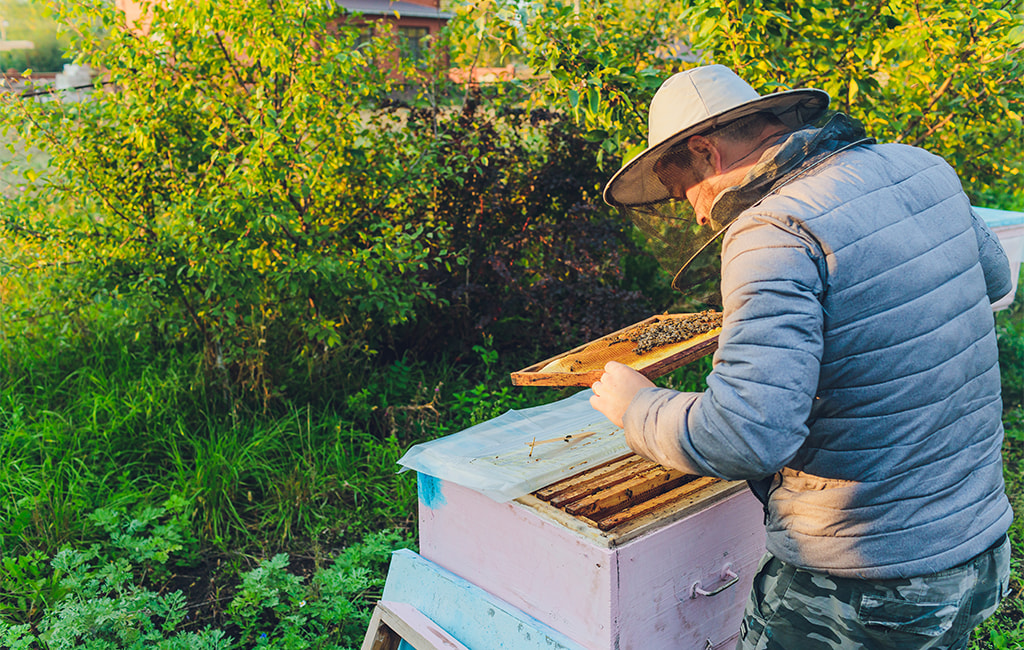Nestled in the Doddaballapura district near Bengaluru, Gundasandra Lake is not just a view to behold but also an important source of water for the villages around. Spread across 17 acres, the lake holds .62 billion litres of water today compared to .4 billion litres in 2020. The increase in the water table has its own story.
The lake was depleting rapidly and had reached a point where the borewell water table in the village had sunk to 1200-1300 feet due to lack of rainwater percolation. Rapid urbanization and encroachment had taken a toll on the lake’s existence and the lake had almost died. With borewell water levels deepening further, the villagers got in touch with Good Living Trust to help them rejuvenate the lake which was surrounded by agricultural farmland.
The team at GLT did a quick assessment. The team also relied on some previously done research by Indian Institute of Science, Bangalore and Centre for Ecological Science which concluded the adverse effects of dying lakes to be:
- Frequent flooding and micro–climatic changes in the city
- Undesirable impact on the diversity of flora and fauna
- Increase in the number of migratory birds
- Increase in the temperature of surrounding environment
- Fishes, birds are getting dye due to intrusion of toxic chemicals into the lake body from industries.
The team at GLT assessed the lake which had three major inlets at the upstream side. Two were located at West and one at South West direction, which then enters directly into the lake through an open channel and has one outlet at the end.
The work was divided in two phases. In the first phase, extensive work to remove weed and waste, desalting the lake and cleaning the basin was undertaken. The lake was choked with debris and solid waste that were being indiscriminately thrown into the lake.
Due to this, the net amount of water storage capacity into the lake area started reducing periodically. GLT decided to take on the project in order to improve the ecosystem by enhancing the bio-diversity and the hydraulic along with improving the quality of the surrounding environment. The core intentions were
- To rejuvenate
- To revitalize
- To restore
- To avoid encroachments
- To avoid further pollution
- To recharge the depleting groundwater level
- To create an unobstructed open space
- To restore, augment storage capacity of the lake
- To sustain and support bio-diversity
- To help as a drinking water source for cattle’s and village people and further for irrigation
Post the assessment, a team from GLT began the arduous work. Shrubs and weeds had to be uprooted that had grown uncontrollably around the lake. Weeds can be very invasive and kill the indigenous flora. Desilting the lake was another important task undertaken so that rainwater could percolate into the lake, thus increasing the water table in the surrounding area. A lot of debris and solid waste were removed meticulously, and the lake basin was cleaned. The lake was gradually brought to its old glory. Desilted soil from the excavation was used to form a bund that was 4 meters in width and 1 to 4 meters in height.
The higher and stronger bunds were constructed with the help of 3 JCBs in 8 days. 50% of bund formation is complete. The second and the last phase of the lake rejuvenation will start from March 2022 to complete the bund. The other works that will be completed are in coming months are proper area and channel survey by PDO to acquire the encroached lake area by farmers around the lake
- Channel clearance
- Remaining bund formation (418mts)
- Bund strengthening
- Remaining de silting and basin formation
Today, the lake is a catchment area during monsoon and its percolation capacity has also increased.
The work of GoodLiving Trust did not just stop at rejuvenating the lake. It continues to educate the villagers on how to take care of the natural resources.
Gundasandra Lake stands as a beautiful reminder of GLT’s mission and vision to arm the farmers with knowledge, resources and assistance to become self-sufficient, self-sustaining model village and custodians of their bright future.
Most Viewed Posts

Buzzing Towards Sustainability: Honeybee Cultivation in Sulikunte
Read More
Little Hands, Big Impact Afforestation Drive with Kids at Chennaveranahalli
Read More
Sacred Flow Cleanup Campaign A Landmark in Sacred Environmental Action
Read More
Growing Green Minds A Plastic Free Session at Chennaveeranahalli High School
Read More
Towards a Cleaner and Greener Future
Read MoreCategories
23
1
Leave a Comment